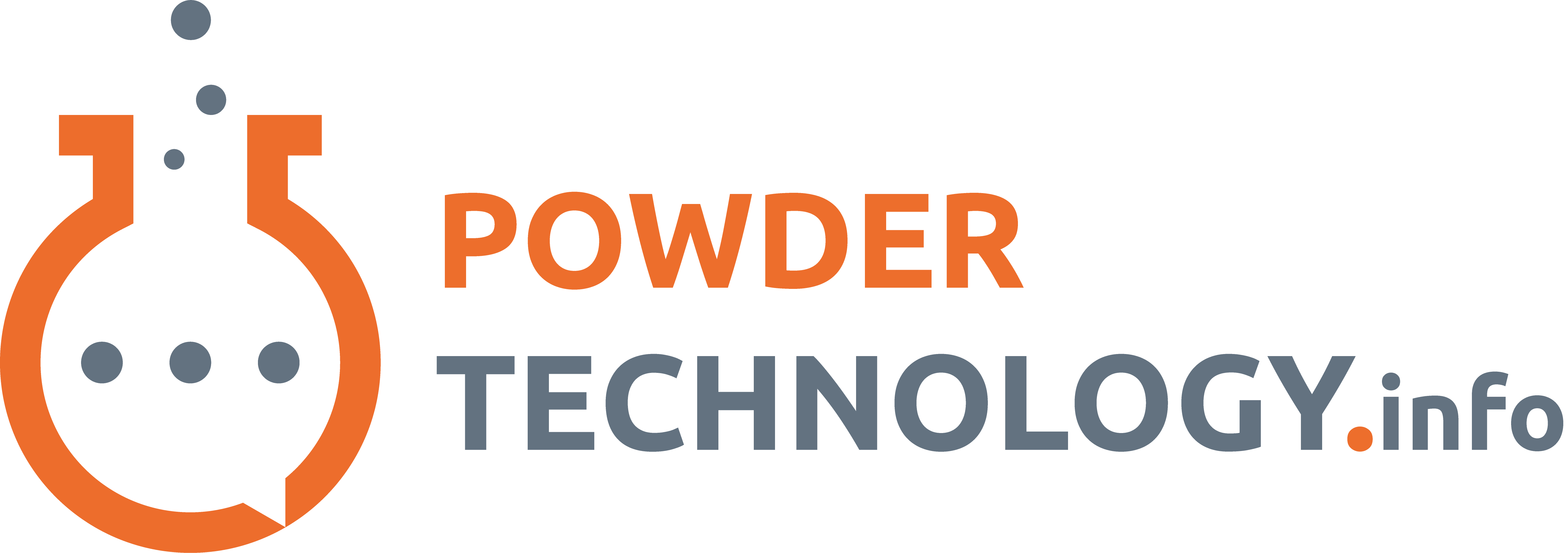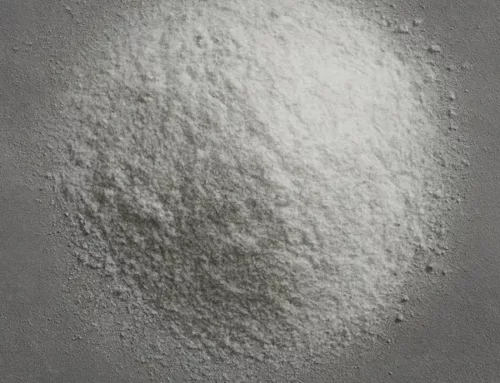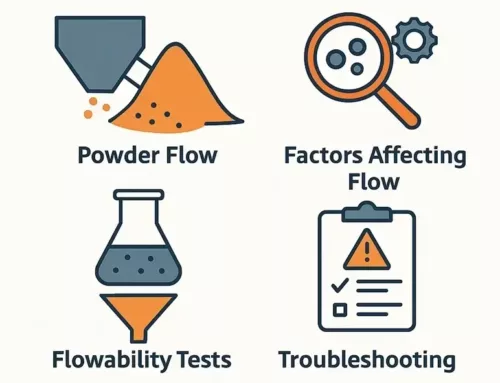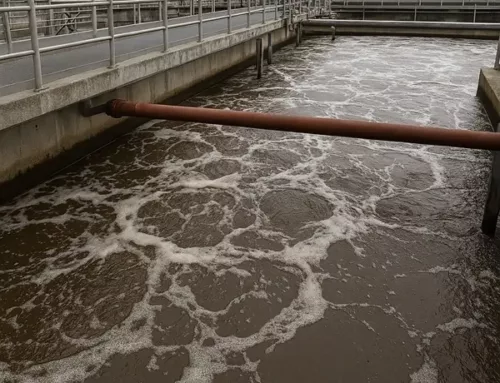Table of Contents
Handling powders safely is not just a regulatory requirement—it’s necessary to cover the organisation from powder hazards. Whether you work with ingredients in food production or fine powders in chemical processing, the risks remain real. Powders can burn, react, contaminate, or degrade. If left unchecked, these risks can endanger people, damage equipment, or ruin entire batches.
This article outlines how to store and handle powders safely, using sound practices grounded in material science and process engineering.
Know What You’re Working With
Before setting up any process, take time to understand the powder itself. Even minor differences in composition or moisture content can affect behavior.
Here are key characteristics to assess:
-
Particle size – Smaller particles (<100 μm) stay suspended longer in air, increasing the chance of inhalation or ignition.
-
Moisture sensitivity – Hygroscopic powders can clump, degrade, or become chemically unstable when exposed to humidity.
-
Static potential – Poor conductors may accumulate charge during flow, creating an ignition risk in the right conditions.
-
Toxicity and reactivity – Some powders cause irritation or more serious health effects; others may ignite spontaneously.
Check the Safety Data Sheet (SDS), or use trusted databases like PubChem to review chemical profiles, hazards, and molecular behavior.
Set Up Storage That Supports Stability
Once a powder enters your facility, proper storage becomes your first line of defense. The right setup protects both product integrity and workplace safety.
Focus on the following:
-
Sealed containers – Airtight drums, bins, or silos limit exposure to air and moisture.
-
Environmental control – Keep temperature and humidity within safe ranges. Use dehumidifiers or dry rooms if needed.
-
Clear labeling – Make sure every container shows contents, batch number, and hazards.
-
Separation of incompatible materials – Some powders react dangerously with water, acids, or oxidizers.
-
Routine checks – Inspect storage vessels and rooms for corrosion, leaks, or powder buildup.
If powders are stored in large quantities and have known ignition risks, consult safety codes like OSHA’s Combustible Dust NEP for U.S. facilities or the ATEX Directive for those operating in the EU. The NFPA 652 standard also outlines hazard analysis, mitigation techniques, and explosion protection strategies for facilities handling combustible dust.
Handle with Precision and Protection
Most incidents occur during handling. This is where powders are transferred, weighed, or blended—often generating dust, static, or heat.
Take the following steps to reduce risk:
-
Minimize open contact – Use enclosed transfer lines or sealed bag-dump systems.
-
Install ventilation – Local exhaust systems near dust sources reduce airborne particles.
-
Ground equipment – Earthing containers and machinery helps dissipate static charge.
-
Use appropriate PPE – Depending on the material, this might include respirators, gloves, and eye protection.
-
Standardize procedures – Clear operating instructions reduce errors and maintain consistency.
Automation, where feasible, reduces direct contact and often improves repeatability.
Keep Equipment in Good Working Order
Powder hazardsPPowder hazard safety depends on equipment that functions as intended. Even small mechanical issues can lead to dust release, process inefficiencies, or worse.
A basic maintenance routine should include:
-
Checking seals and gaskets – Leaks let powder escape and moisture enter.
-
Cleaning residue from hoppers and lines – Accumulated powder may alter flow or act as a combustion source.
-
Inspecting and replacing filters – A clogged or torn filter puts both operators and product quality at risk.
-
Testing safety systems – If explosion vents or pressure relief valves are installed, verify that they’re operational.
Logging inspections and service work helps track recurring issues and ensures accountability.
Powder Hazards: Be Ready for Spills and Other Emergencies
Preparation makes the difference when something goes wrong. Even small spills can present serious risks in the wrong environment.
Your emergency plan should cover:
-
Spill response – Avoid dry sweeping. Use approved vacuums with HEPA filters or damp methods.
-
Exposure management – Ensure quick access to eye washes, showers, and first aid supplies.
-
Fire response – Use extinguishers suited to the material. Some powders, like fine metals, react violently to water.
-
Evacuation plans – Mark clear exits and run regular safety drills with your team.
After an incident, take time to investigate what happened and adjust procedures accordingly. For health-based exposure limits and first aid information, the NIOSH Pocket Guide provides reliable, up-to-date references.
In Closing
There’s no such thing as a harmless powder. Whether it's a food additive or a metal alloy, every material carries its own powder hazards. The more you understand about how it behaves, the better equipped you are to keep people safe and processes stable.
Good powder safety isn’t just about compliance—it’s also about efficiency, consistency, and peace of mind.




